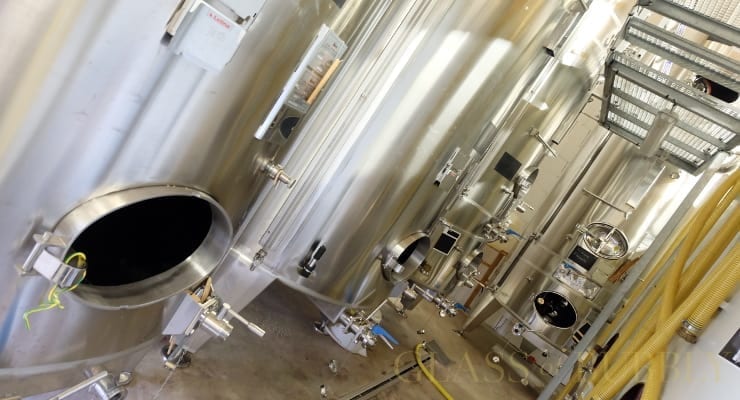Reserve Wine To The Rescue
6th October 2016

The bad weather conditions this year have meant that Champagne makers will have to resort to the reserve stock system that is unique to this appellation.
It was begun in 1938 and is now governed by the Comité Champagne. The idea of creating reserves was born out of the reality of the climatic irregularities of such a northerly grape growing area.
Stock from good years is set aside to meet the yields from bad harvests. The reserve is also there to increase production if there’s exceptional demand. This cornerstone of Champagne production has been called the drink’s DNA. It’s seen by many as allowing the houses to preserve their style year after year.
The reserve normally only undergoes the first fermentation and is usually kept in temperature controlled tanks. Louis Roederer keeps theirs in 150 oak barrels. This could make just over a million bottles of Champagne and is the largest collection of reserve wine in Champagne. Bollinger keeps theirs in 650,000 magnums under cork. This is because they undergo a partial second fermentation.
It’s kept on average 2 to 3 years but some houses will keep it up to 10 years or even 20. Reserve wine is only used in non-vintage Champagne. Each blend has typically 10% to 50% of reserve wine.
Amongst the most vunerable in the reserve stock system are young Champagne makers. They may not have had time to have gathered enough stock to tide them over in bad years. In July this year it was estimated that if the weather didn’t improve 5% would go bankrupt.
The reserve stock system has garnered interest in other French wine growing areas as well as those throughout Europe. A major problem though is that it is a system designed to create blends rather than vintages.
![]()
Jon Catt
Tour guide for the Champagne region who lives in Troyes. Specialising in family run Champagne house visits in the Aube and the Marne plus wine tours in the Yonne and Côte d'Or.
